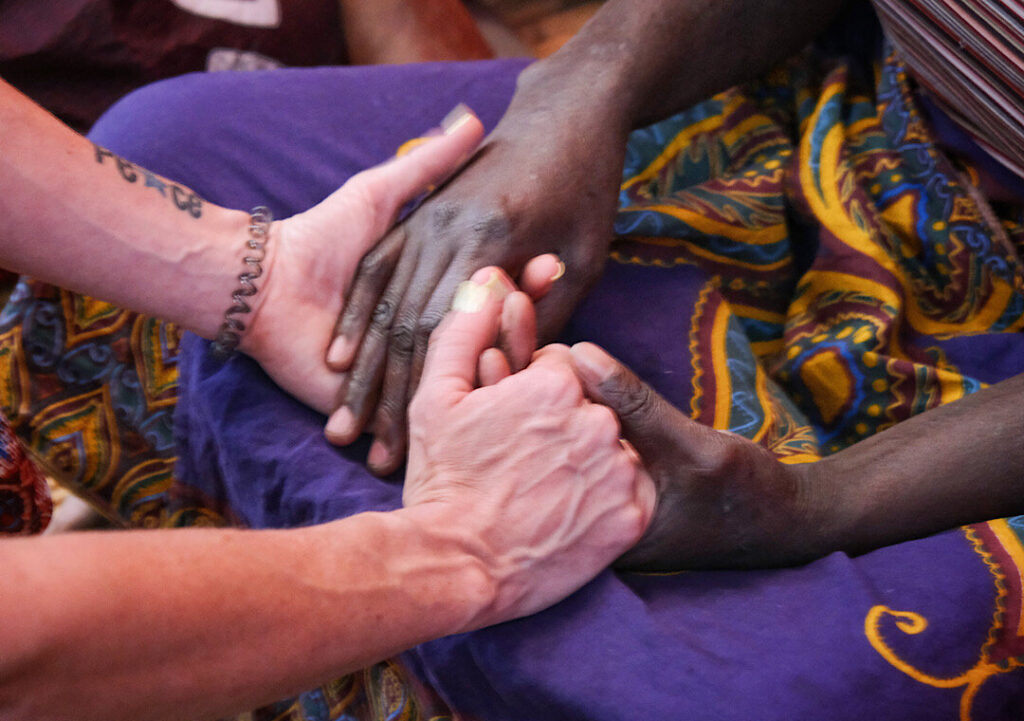
Photo by Doug Vinez
 Steve Haas writes at Lausanne.org about the dangers that can come when our words and faith commitments become de-linked from our deeds and actions. One of several historical examples he points to includes Rwanda in the early 1990s, famously portrayed in the moving film Hotel Rwanda.
Steve Haas writes at Lausanne.org about the dangers that can come when our words and faith commitments become de-linked from our deeds and actions. One of several historical examples he points to includes Rwanda in the early 1990s, famously portrayed in the moving film Hotel Rwanda.
Scripture tells us that coming to faith in Christ is just the beginning of a lifelong growth process into greater spiritual maturity. Spiritual maturity doesn’t “automatically” happen. The Bible tells us that believers need to be trained, taught, and discipled toward greater maturity in Christ.
Ephesians 4 tells us “…we are to grow up in every way into him who is the head [Christ].” (Ephesians 4:15 ESV)
Colossians 3 says, “Let the word of Christ richly dwell within you, with all wisdom teaching and admonishing one another…” (Colossians 3:16 NASB)
And James 2 tells us, “For just as the body without the spirit is dead, so also faith without works is dead.” (James 2:26 CSB)
It’s both knowing what Scripture says and then applying what Scripture says to our daily lives that leads to maturity in Christ (Hebrews 5:14). Our faith needs to not just stay in our “head and heart,” but move outward to our “fingers and toes.”
Haas writes:
Over thirty years ago the nation of Rwanda experienced numerous national crusades. Tens of thousands of hands were raised in revivals and evangelistic meetings. It was believed at that time, in somewhat conservative terms, that over 80% of the population of Rwanda had come to faith in Jesus.
However, 27 years ago, and in little over 100 days, over 800,000 people were slaughtered by their own countrymen in a genocidal frenzy of unparalleled proportion:
- How could a nation so rich in converts to the faith not stave off the most brutal mass murder of its citizens in modern history?
- How could ethnicity trump spiritual identity and lead them into repudiating everything that their Christian formation stood for?
- Could it be that they registered their faith with their heads and hearts, but left it unconnected to their fingers and toes?
- Is the sanctification process more than someone making a decision for Christ—is that just the beginning of the process?
Questions like these still demand an accounting in the global body of Christ…
‘The thief comes only to steal and kill and destroy; I have come that they may have life, and have it to the full.’ (John 10:10 NIV)
Life in all of its fullness was Jesus’ mission.
At the turn of the twentieth century, a chasm opened between personal faith and the expression of that faith to the world.
The deeds of our belief became de-linked from our words and faith commitments, and the result was an incomplete witness to the world.
We are still dealing with the unintended consequences of that one-sided gospel.
Click here to read the full article.
